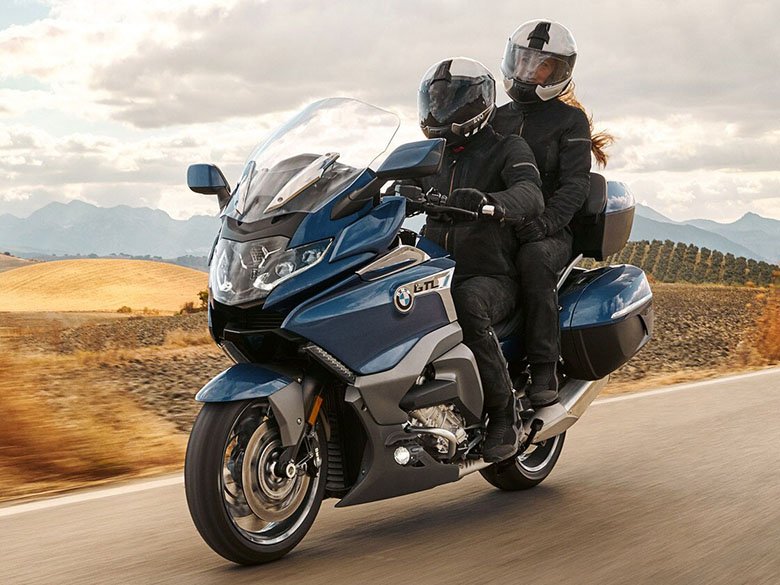Motorcycle tourism is more than just riding. It’s a combination of adventurousness, preparations and connecting with the road. Regardless of where you stand in terms of bike riding experience, it is essential to know the measures that would make your journey enjoyable while at the same time ensuring safety and satisfaction.
Choosing the Right Motorcycle
Choosing the right motorcycle for touring involves considering both standard touring bikes and adventure touring bikes, each customized to different preferences and needs:
Touring vs. Standard Bikes
- Comfort: Comfort during long journeys is one of the areas where touring bikes beat all other kinds. They have large fuel tanks, which increase the range between stops; hence, riders can cover longer paths without being bothered about refilling. Most of them have upright seats, minimizing back pain and shoulder strain during long distances covered by riders. The provided windshields also help withstand wind pressure, reduce fatigue, and increase general comfortability.
- Practicality: Standard touring bikes prioritize ease of handling and comfort on paved roads. They are designed for smooth rides and are well-suited for highway cruising, offering advantages such as advanced storage solutions and advanced navigation systems.
Adventure Touring
- Off-Road Capability: Adventure touring bikes are engineered for versatility across diverse terrains, including unpaved roads and rugged landscapes. They feature high-ground clearance to navigate obstacles and rough terrain effectively. Exclusive suspension systems absorb shocks, providing a smoother ride over uneven surfaces.
- Durability and Versatility: These bikes often have rugged construction, durable chassis, and protective features such as crash bars and skid plates. They are designed to handle both on-road and off-road challenges, making them ideal for riders seeking exploration beyond traditional routes.
Considerations
- Personal Preference: When selecting between touring and adventure touring bikes, consider your riding style, terrain preferences, and comfort requirements. Test ride potential options to evaluate handling, ergonomics, and overall fit. Additionally, factor in maintenance and fuel efficiency based on your intended routes and destinations.
Packing Efficiently for Motorcycle Touring
Luggage Options:
Tail bags, tank bags, and saddlebags are essential for storing gear during a motorcycle tour. Tail bags typically attach to the rear seat or rack, offering ample space for larger items like tents or sleeping bags.
Tank bags mounted on the fuel tank provide convenient access to essentials such as maps, snacks, and small electronics. Saddlebags, available in hard and soft varieties, offer additional storage on either side of the bike, balancing weight distribution for improved handling.
Choosing the Right Bags:
- Consider your storage needs and the bike’s weight distribution when selecting luggage.
- Distribute weight evenly between bags to maintain stability and manoeuvrability, especially on winding roads or rough terrain.
- Opt for secure mounting systems that minimize movement and vibrations, reducing the risk of damage to both the bike and its belongings.
Waterproof Gear:
Invest in waterproof luggage and covers to shield your gear from rain, snow, and other weather elements. Look for materials like durable nylon or PVC coatings that provide reliable protection without adding excessive weight.
A motorcycle cover offers added protection during overnight stops, keeping your bike dry and secure against theft or environmental damage.
Prioritising Safety Gear
Helmet Selection
Choosing the right helmet is the most important factor to rider safety. Opt for a full-face helmet equipped with a visor to shield against wind, debris, and potential impacts.
Look for helmets certified to safety standards such as DOT (Department of Transportation) or ECE (Economic Commission for Europe) to ensure adequate protection. A snug fit is essential to prevent the helmet from shifting during rides, providing stability and reducing wind noise for enhanced comfort.
Protective Clothing
Armoured jackets, pants, and gloves are essential for protecting against abrasions and injuries in the event of a fall or collision. Look for gear with integrated armor or padding in critical areas such as shoulders, elbows, knees, and back to absorb impact energy and minimize injuries. These garments should be made from durable materials like leather or textile with reinforced stitching for longevity and reliability.
Footwear Considerations
Sturdy, waterproof boots offer ankle support and protection from road debris and weather elements. Choose boots with non-slip soles for secure footing when stopping or manoeuvring the motorcycle.
Ensure the boots are comfortable and provide adequate ventilation to prevent discomfort during long rides.
Conclusion
Effective motorcycle touring hinges on thorough preparation and the right equipment. From selecting a suitable touring bike, such as the BMW K 1600 GTL, to packing essential gear for comfort and safety, each detail contributes to a successful adventure.
Be it traveling on scenic routes or exploring distant locales, these tips ensure you’re well-prepared to enjoy the open road on your BMW touring bike. So, prepare thoughtfully, plan diligently, and ride safely on your journey with confidence and excitement.

